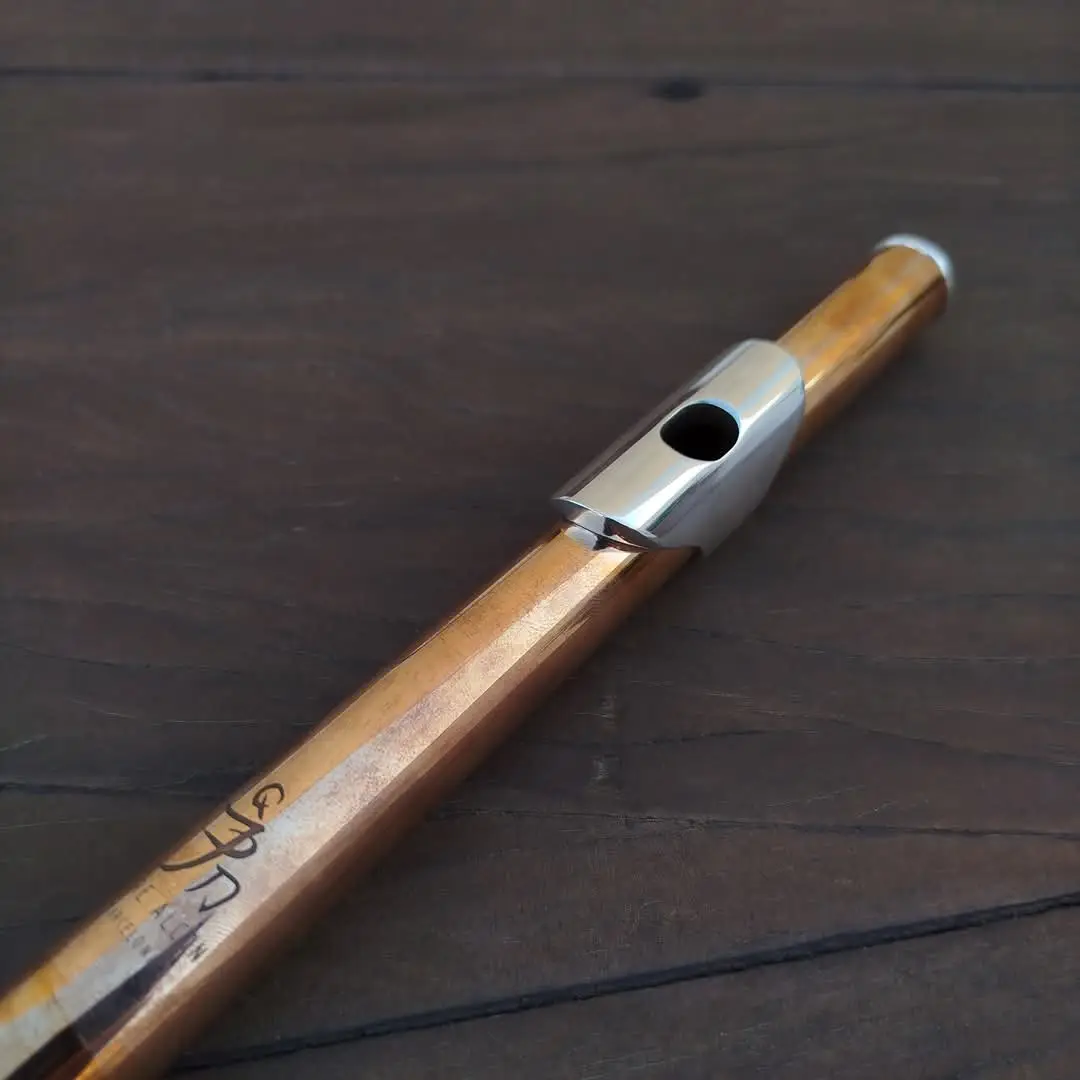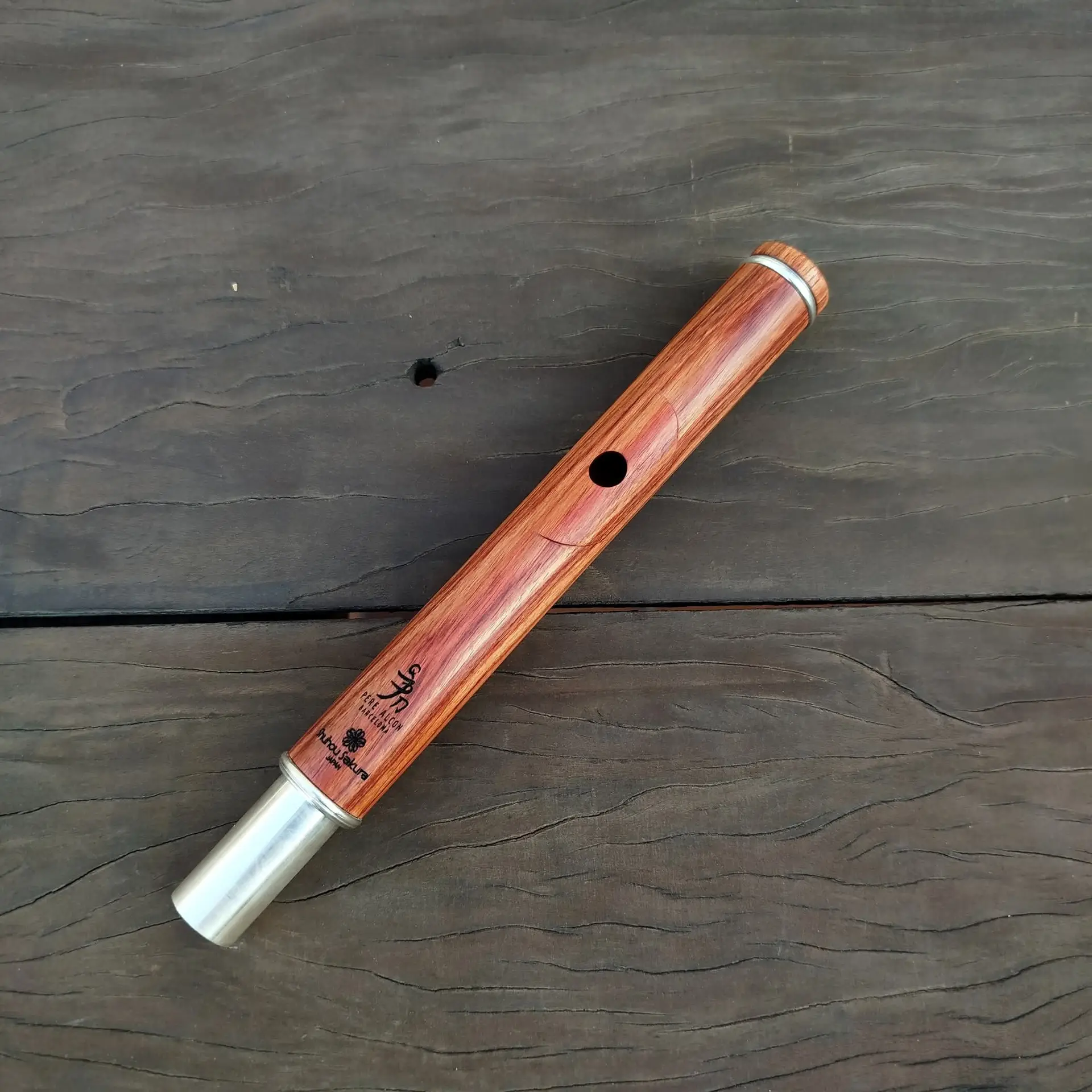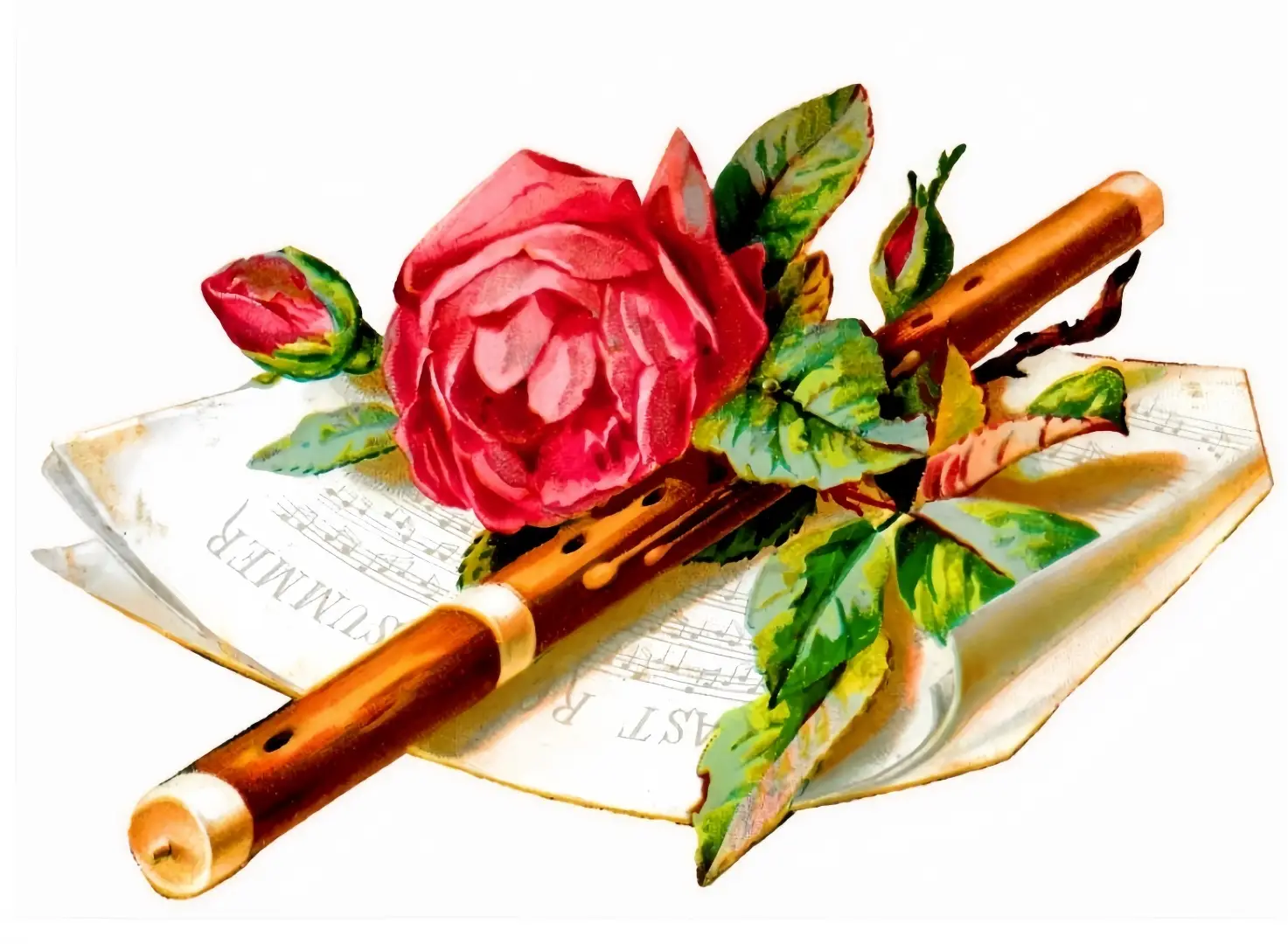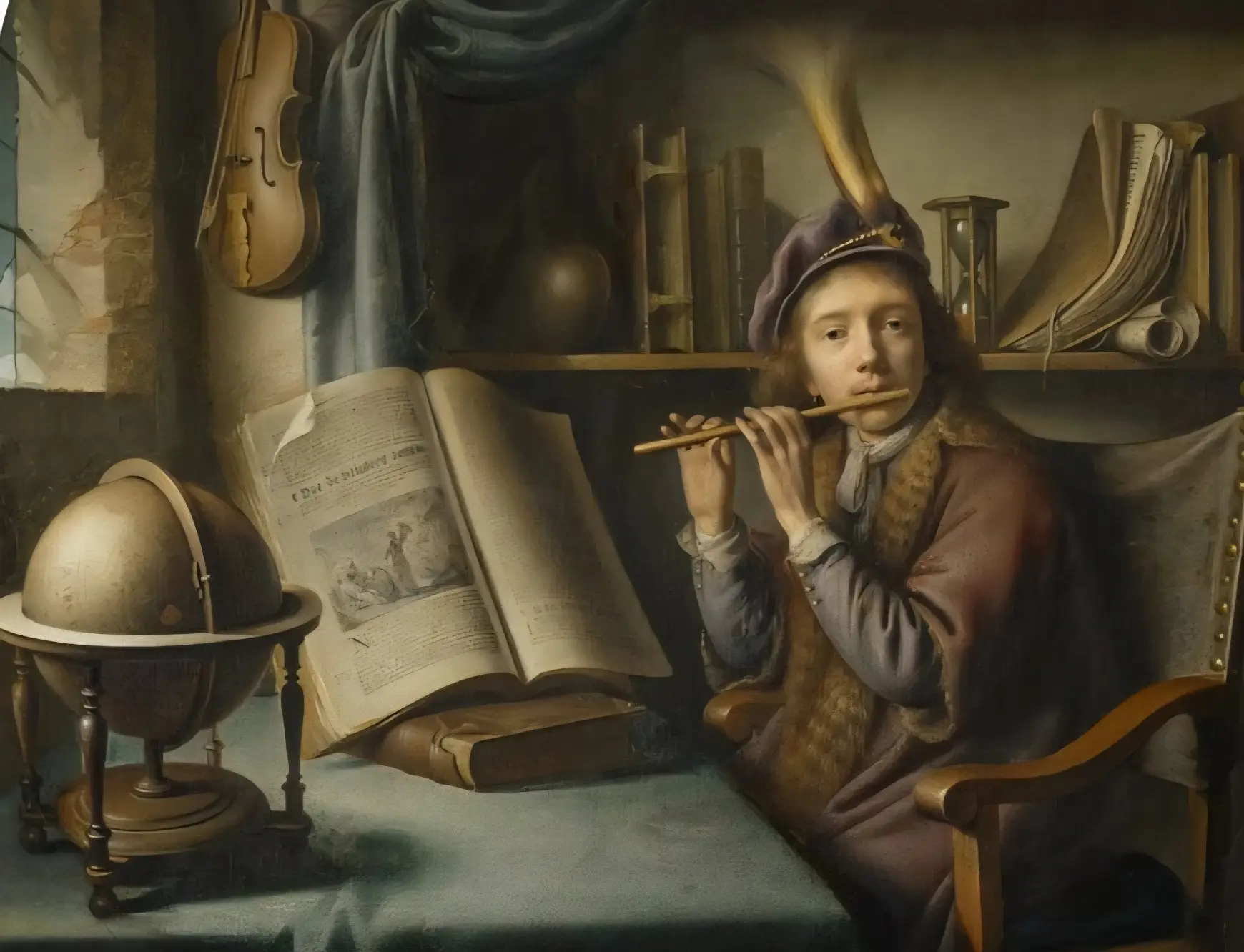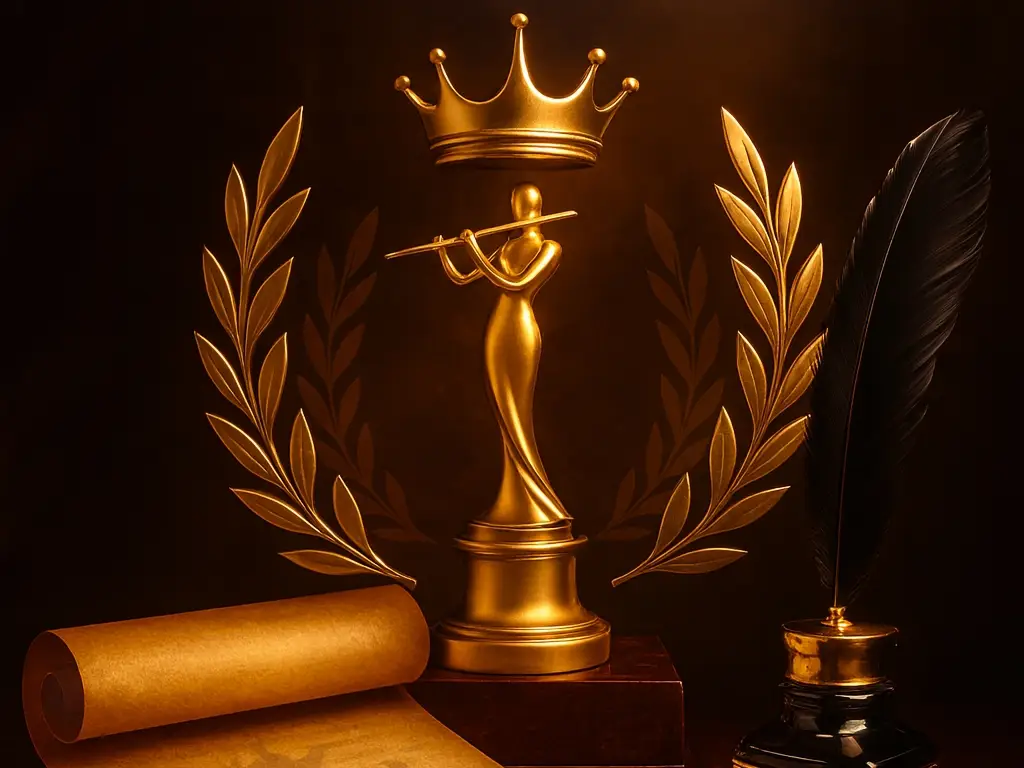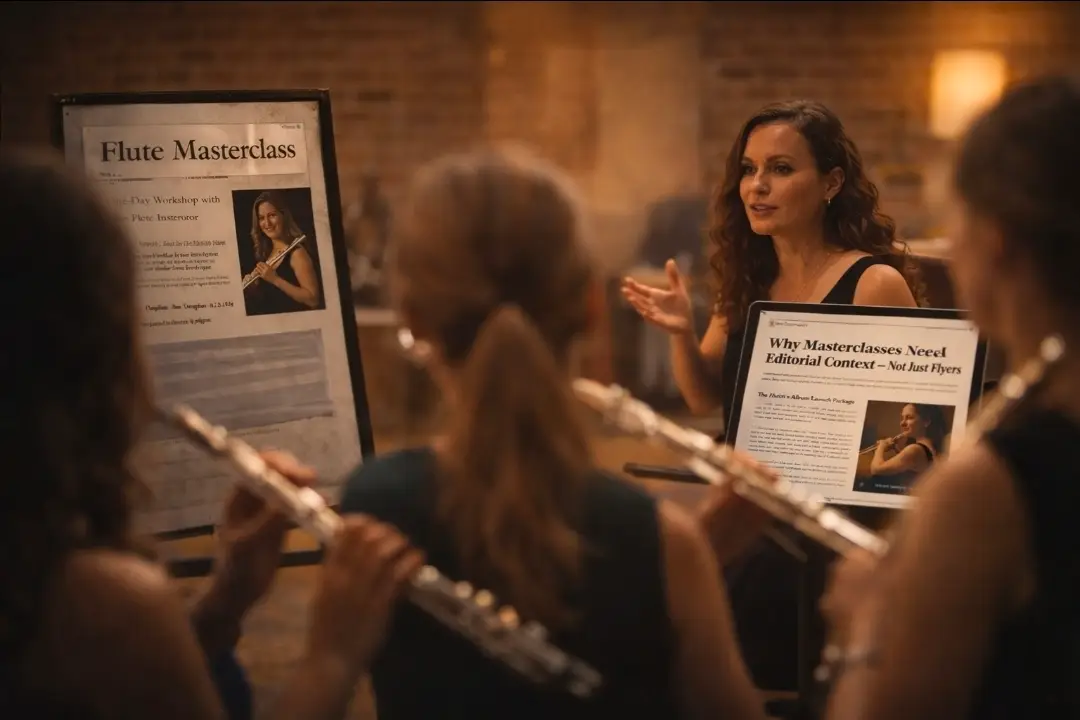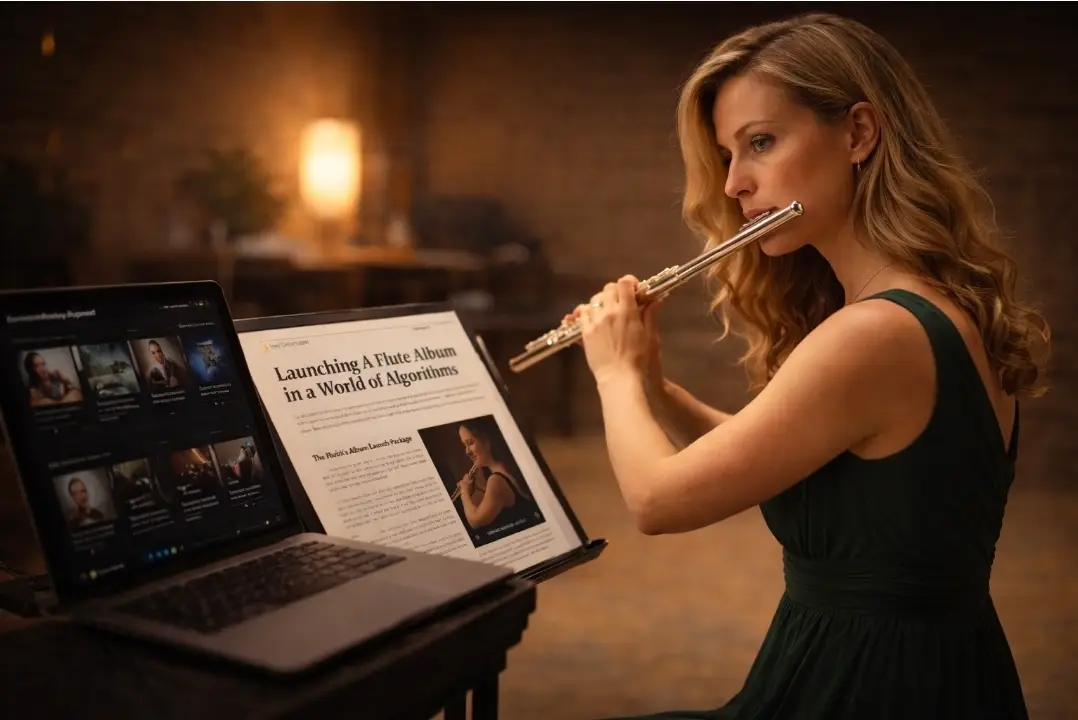Among the many alloys explored in flute making, few have sparked as much curiosity – and challenge – as phosphor-bronze. A striking combination of durability and acoustic richness, this metal has recently captured the attention of headjoint makers and flutists seeking new tonal frontiers.
One maker, inspired by a historical gem discovered in the Dayton C. Miller Collection, has begun crafting headjoints using phosphor-bronze paired with a silver lip plate and riser. The result? A dark, vibrant tone with remarkable flexibility in dynamics and color – a sound that is both earthy and luminous.
The fascination began with a passage referencing the legendary Theobald Böhm, the inventor of the modern flute system. Böhm himself experimented with phosphor-bronze, crafting three flutes – one in G and two in C. In the archival note, Böhm is quoted as saying:
“Mr.Böhm made three sample flutes, one ‘G’ and two ‘C’s, of phosphor bronze… This metal Mr.Böhm pronounced the best for tone and ease of emission, but it was so extremely difficult to work that he would not make flutes of it.”
Such a high endorsement from Böhm, balanced by his reluctance to pursue the metal due to its difficulty, sparked intrigue. Could modern tools and techniques overcome the challenges that Boehm faced nearly two centuries ago?
Indeed, working with phosphor-bronze is no small feat. The alloy is famously stubborn under the hands of a craftsman – harder than silver, less malleable than gold, and unpredictable during the forming process. But the rewards are equally significant. The resulting headjoints offer a unique blend of power, depth, and projection. They resonate with a bold yet refined quality that invites expressive freedom.
Introduced to the idea by a Japanese colleague, the maker describes the joy of discovering this material’s voice and is eager to continue exploring its possibilities. “It was indeed very difficult to work with,” they note, “but the results are definitely worth it. I’m really enjoying making and playing headjoints of this material.”
As interest in alternative flute materials grows, phosphor-bronze may find new advocates among adventurous performers and makers alike. While it may never become mainstream due to its demanding nature, its unique qualities offer a compelling option for those seeking a truly distinctive sound.
Have you ever tried a phosphor-bronze headjoint?
Explore more at www.perealconflutes.com


